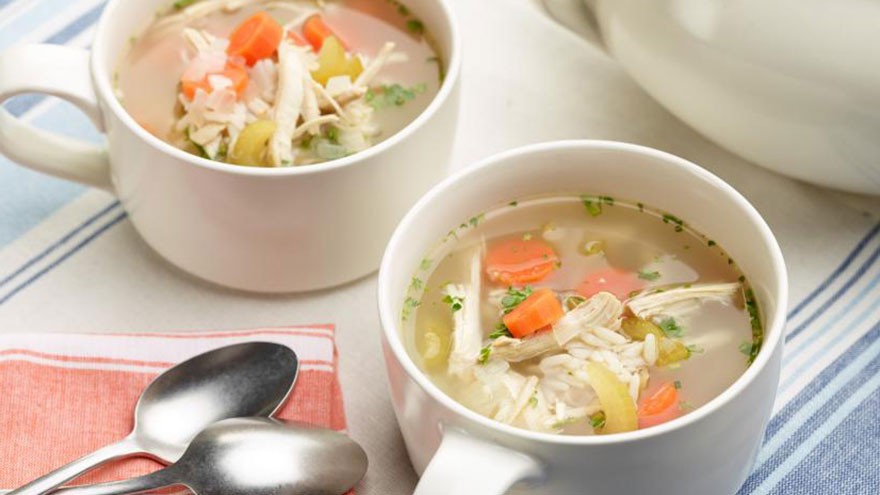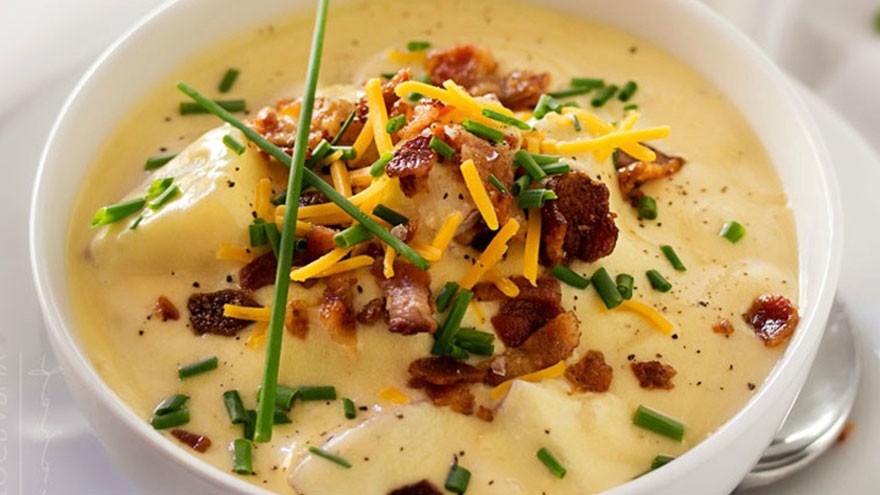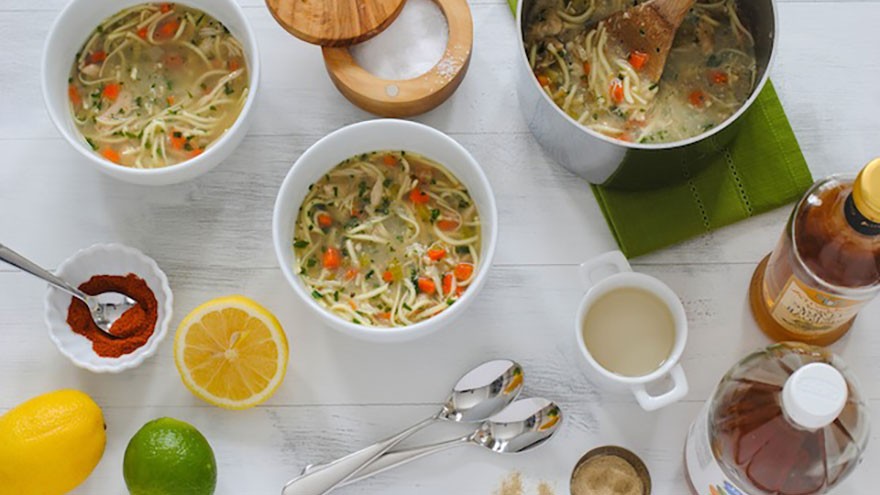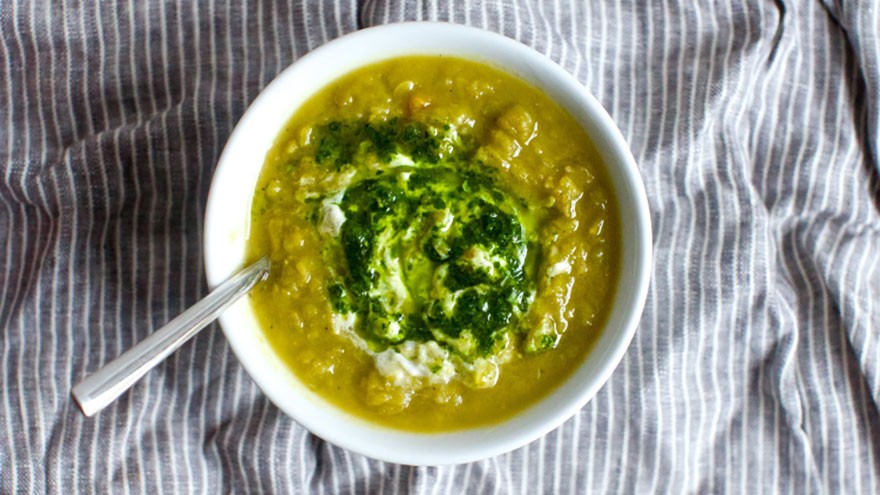How to Make Soup for Beginners
Soup is one of the easiest, heartiest cold weather meals you can make. And while there are many fine soup recipes available, it’s also easy to create your own recipes for soup.
Here’s how.
Preparing the Food
Whatever ingredients you place in the soup should ideally be of similar size. This ensures even cooking and prevents mishaps like crunchy carrots alongside mushy potatoes.
If you want to use leftovers in soup, by all means do so. Just be sure to first wash off any undesirable seasonings with boiling or hot water. If you wish to add pasta to the soup, it’s best to cook it separately, adding it at the end of the soup cooking.

The base of many soups is stock. For the very best flavor, it’s great to use home made stock.
However, it’s not essential.
Thickening the Soup
There are a number of ways to thicken soup (although thickening isn’t a requirement). Adding cream is probably the most common way to make thicker soups, but don’t limit yourself to just ordinary cream.
Try sour cream, whipping cream, creme fraiche (a soured French cream), or even yogurt. Eggs also make good thickeners, adding a rich quality to soups.
To successfully incorporate eggs into a soup, beat a couple of egg yolks, then stir a little soup into them. Only then you can gradually add the yolk-soup mixture into the soup, blending the two nicely.

Cornstarch and flour are also good thickeners. Both are best added in the early stages of cooking, and no more than 1 tablespoon is a good idea.
Better choices (because they’ll add flavor as well as thickness) are starches like potatoes, rice, or bread. Puree rice (about a ½ cup) or bread (about 2 slices) before adding them to the soup.
Seasonings and Added Flavor
Any fats used in soup making help flavor the finished dish, which is why butter is often used in gourmet soup recipes.
But walnut, sesame, or peanut oil also add good flavor, as does olive oil in which minced fresh garlic has been soaking. Pesto also adds a vibrant dash of flavor, as do chopped or minced herbs. Dried spices work, too, of course, as does salt and pepper.

For a punch of something different, try adding wine or tomato paste to the soup base. Other unusual but flavorful ingredients include capers, sun-dried tomatoes, mustard, horseradish, preserved citrus, dried fruit, vinegar, spirits, and olives.
Putting it All Together
Begin by placing the liquid (usually stock) in a large pot. Next, add vegetables and seasonings. Add meat, poultry, or fish, if desired, as well as rice, if using.
Place the pot on medium heat and gently simmer (reducing the heat, if necessary) until the soup ingredients are heated through and thoroughly cooked. Thicken the soup, if desired, and serve.

Soups can also be frozen in air tight freezer bags or containers – as long as rice or pasta hasn’t been added. In addition, chunks of potato don’t freeze well, so if you want to add these items to the soup, do so when you’re re-heating it.
Share!
Tell us – what’s your favorite way to make home made soup?
Check out the video version of this article on YouTube

